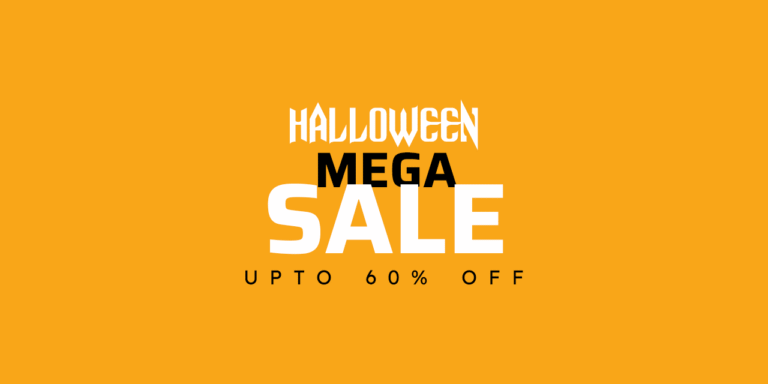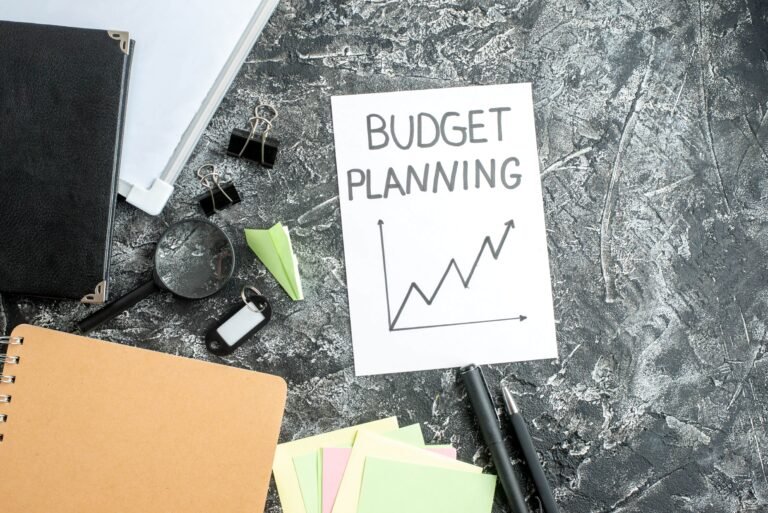Spending money on Facebook ads can feel like gambling, especially if you’re new to it. I recently set aside a $500 budget to test Facebook ads for my small business. My goal wasn’t just to get sales but to learn what works, what doesn’t, and whether the platform is worth investing in further.
Here’s what I discovered—broken down into the practical lessons, mistakes, and takeaways that anyone running ads with a limited budget should know.
Setting the Stage: Why $500?
I chose $500 because it was enough to run multiple ad sets without risking too much upfront. At around $20–$25 per day, that gave me a couple of weeks to collect real data. The goal wasn’t to master Facebook ads but to gather insights that could inform a bigger strategy later.
Lesson 1: Clear Objectives Matter More Than Creative
When you set up a campaign, Facebook asks what your objective is—traffic, conversions, engagement, leads, etc. I initially chose “traffic” because I thought more website visitors would eventually mean more sales.
What I learned:
- Traffic campaigns do bring clicks, but not necessarily buyers.
- Switching to a Conversions campaign gave fewer clicks but a much higher quality of traffic.
- Facebook’s algorithm is smart, but only if you give it the right signal.
Takeaway: If your end goal is sales, don’t waste money optimizing for likes or page visits. Choose the conversion objective, even if your numbers look smaller at first.
Lesson 2: Audiences Are Everything
I spent about half my budget testing different audiences. Some bombed, some performed surprisingly well.
- Broad targeting (just interest-based, like “fitness” or “entrepreneurship”) gave lots of impressions but weak engagement.
- Lookalike audiences built from my email list outperformed almost everything else.
- Retargeting ads (showing ads to people who had visited my site) were the best value for money, with the lowest cost per click.
Takeaway: If you’re starting with a small budget, don’t spread yourself too thin. Retargeting and lookalikes give you better returns than broad interest targeting.
Lesson 3: Creative Fatigue Is Real
I thought one good ad would be enough. Turns out, people get tired of seeing the same creative quickly. After about a week, engagement dropped and cost per click went up.
- Changing just the image made a huge difference.
- Short, casual copy performed better than polished, “salesy” text.
- Video ads, even simple ones shot on my phone, got more engagement than static images.
Takeaway: Refresh your ads regularly, even during a short campaign. A small creative tweak can revive performance.
Lesson 4: The Learning Phase Eats Budget
Facebook campaigns go through a “learning phase” where the algorithm figures out how to optimize delivery. During this time, results are less stable and often more expensive.
With only $500, I didn’t have much room to let ads sit idle. Some ad sets never fully exited the learning phase before my budget was spent.
Takeaway: Fewer ad sets with more budget behind each one is better than spreading money across too many experiments.
Lesson 5: Data Beats Gut Instinct
I assumed I knew which creative and audience would perform best. I was wrong.
For example:
- A photo I thought looked “too simple” ended up being my best performer.
- An audience I thought would be perfect gave me the highest cost per click.
If I had relied on intuition, I would have wasted money doubling down on the wrong things.
Takeaway: Let the data guide you. Test, measure, adjust.
Lesson 6: Sales Don’t Always Show Up Right Away
I expected immediate results—sales rolling in as soon as the ads launched. That didn’t happen. Some people clicked and left. But a week later, a few of them came back and bought.
Facebook ads are often part of a longer customer journey, not an instant transaction.
Takeaway: Don’t judge success only on day-one results. Track your funnel and see how ads fit into the bigger picture.
How I Spent the $500
Here’s roughly how the budget broke down:
- $150 on traffic campaigns (to learn what not to do)
- $200 on conversion campaigns (best ROI)
- $100 on retargeting ads
- $50 on creative testing
Result: a handful of direct sales, a stronger email list, and valuable data that will guide future campaigns.
Final Thoughts: Was It Worth It?
Yes—though not in the way I expected. I didn’t walk away with a huge profit, but I did get:
- A clear sense of which audiences are worth pursuing
- Proof that retargeting and lookalikes outperform cold targeting
- Confidence that future ads can be scaled more effectively
With Facebook ads, $500 isn’t life-changing, but it’s enough to learn real lessons. And in digital advertising, those lessons are worth more than the money you spend on the first round.
Key Takeaways
- Choose the right campaign objective (conversion if you want sales).
- Focus on quality audiences (retargeting and lookalikes).
- Refresh your creatives often.
- Don’t spread your budget too thin across too many ad sets.
- Trust the data over your gut.
FAQs
Is $500 enough to see results on Facebook ads?
Yes, if you treat it as a testing budget. You won’t dominate your market, but you’ll get valuable data.
Should I hire an agency for such a small budget?
Probably not. It’s better to run the ads yourself and learn, then consider outsourcing when you’re ready to scale.
What’s the biggest mistake small advertisers make?
Optimizing for the wrong objective (like traffic instead of conversions) and not testing enough variations.




